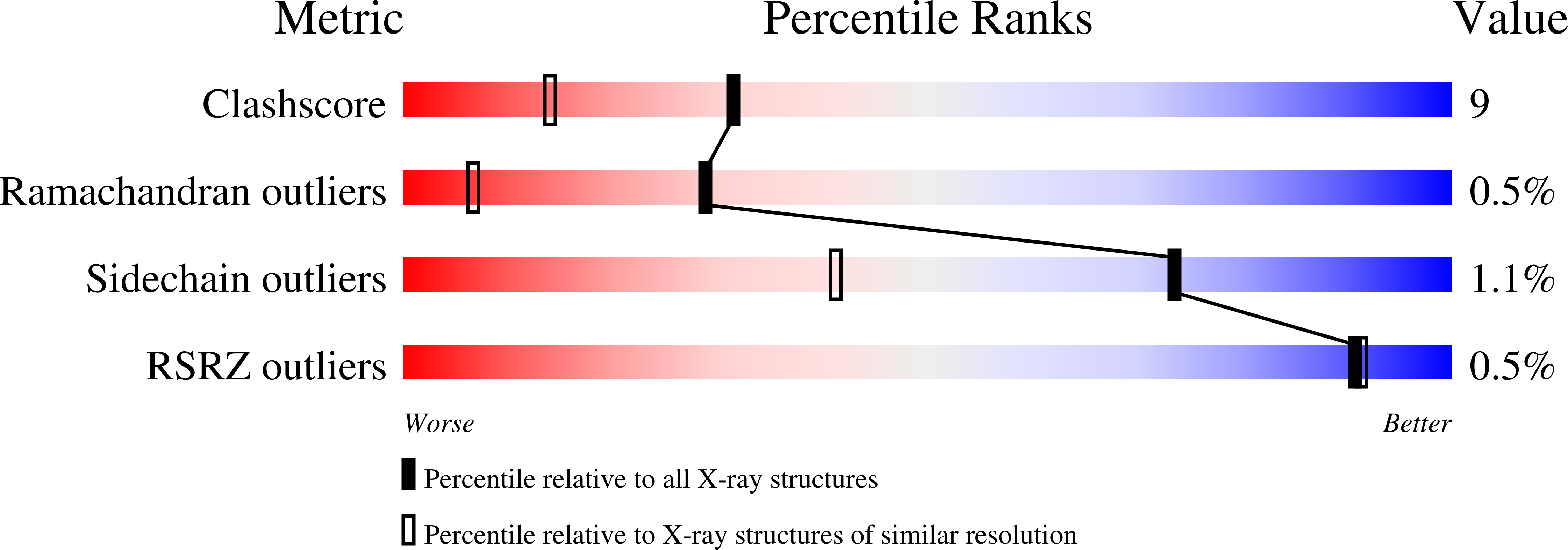The crystal structure of a 2-fluorocellotriosyl complex of the Streptomyces lividans endoglucanase CelB2 at 1.2 A resolution.
Sulzenbacher, G., Mackenzie, L.F., Wilson, K.S., Withers, S.G., Dupont, C., Davies, G.J.(1999) Biochemistry 38: 4826-4833
- PubMed: 10200171
- DOI: https://doi.org/10.1021/bi982648i
- Primary Citation of Related Structures:
2NLR - PubMed Abstract:
Glycoside hydrolases have been classified into over 66 families on the basis of amino acid sequence. Recently a number of these families have been grouped into "clans" which share a common fold and catalytic mechanism [Henrissat, B., and Bairoch, A. (1996) Biochem. J. 316, 695-696]. Glycoside hydrolase Clan GH-C groups family 11 xylanases and family 12 cellulases, which share the same jellyroll topology, with two predominantly antiparallel beta-sheets forming a long substrate-binding cleft, and act with net retention of anomeric configuration. Here we present the three-dimensional structure of a family 12 endoglucanase, Streptomyces lividans CelB2, in complex with a 2-deoxy-2-fluorocellotrioside. Atomic resolution (1.2 A) data allow clear identification of two distinct species in the crystal. One is the glycosyl-enzyme intermediate, with the mechanism-based inhibitor covalently linked to the nucleophile Glu 120, and the other a complex with the reaction product, 2-deoxy-2-fluoro-beta-D-cellotriose. The active site architecture of the complex provides insight into the double-displacement mechanism of retaining glycoside hydrolases and also sheds light on the basis of the differences in specificity between family 12 cellulases and family 11 xylanases.
Organizational Affiliation:
Structural Biology Laboratory, Department of Chemistry, University of York, Heslington, York, Y010 5DD, U.K.















